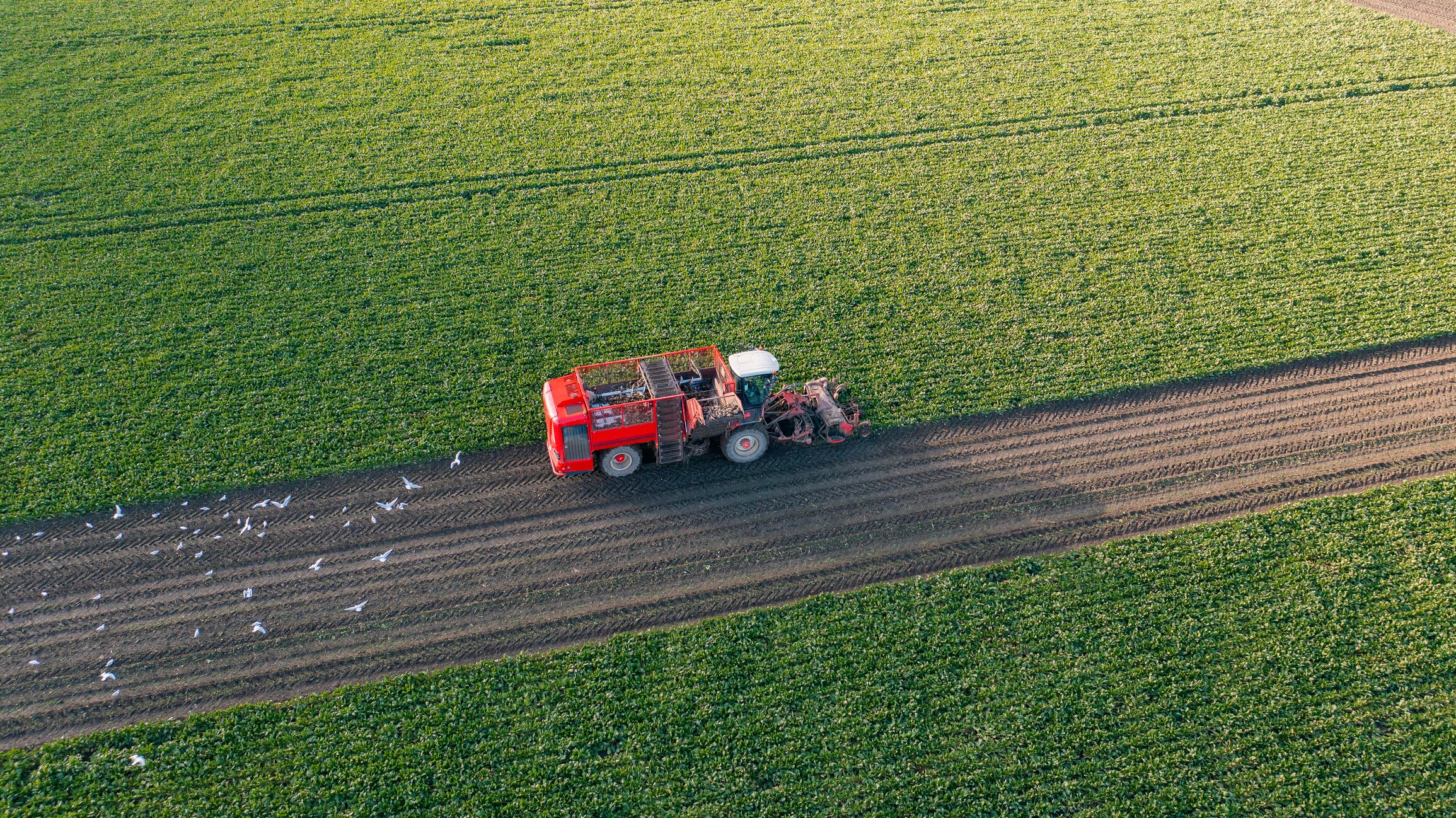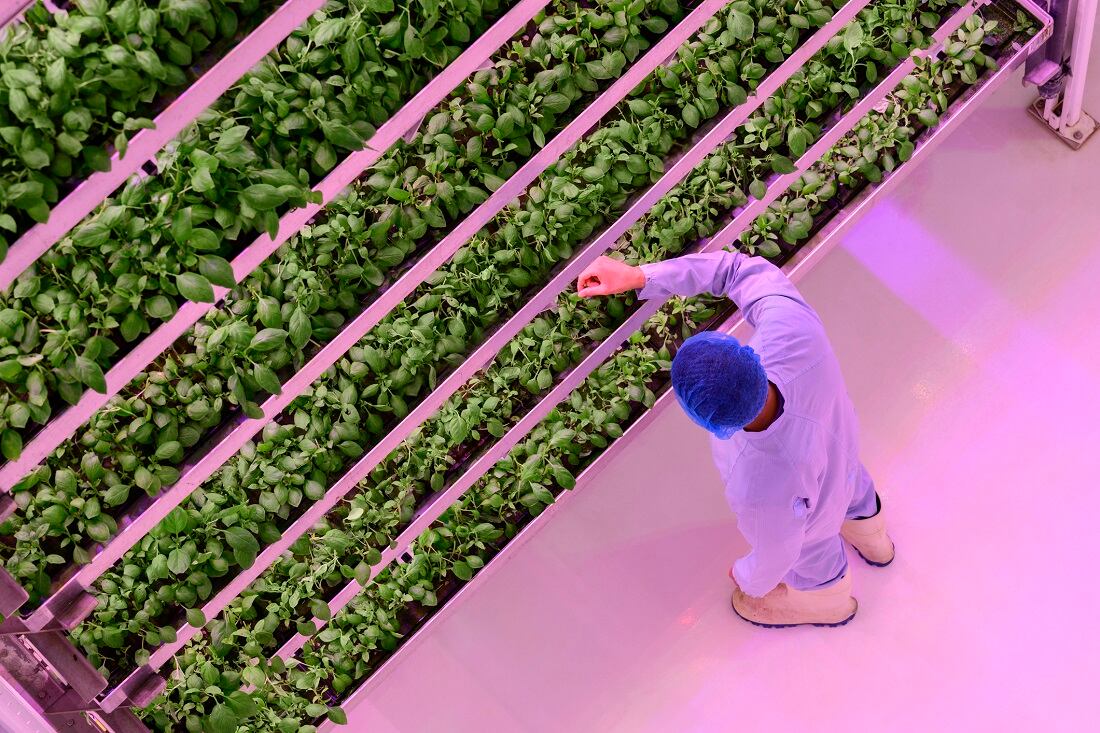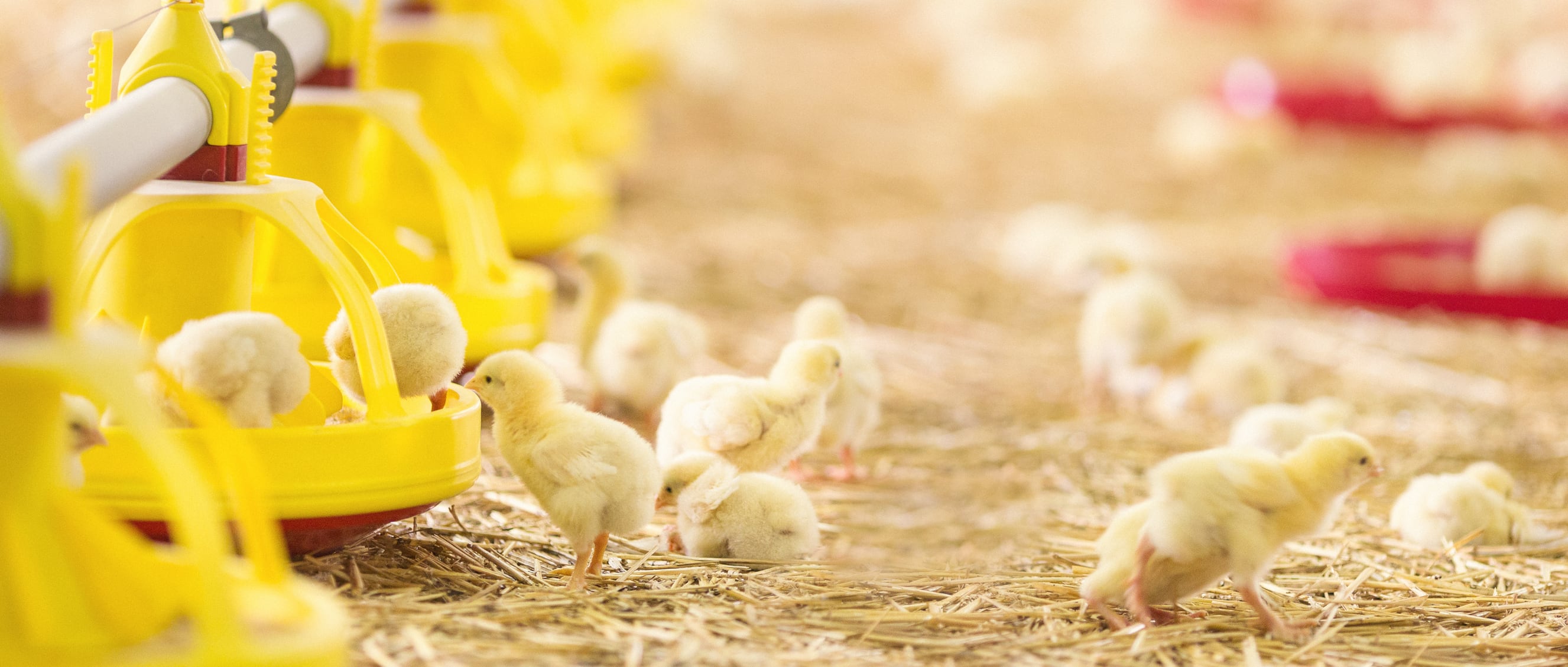Scientists have warned that overusing fertilisers and water is damaging ecosystems, and crop yields are no longer improving fast enough to meet future demand.
The complexity of farming systems — plants, soil, water, and human management — means no single discipline can solve the problem alone.
The new study, conducted by researchers across several universities in New York and North Carolina, highlighted how trans-disciplinary research could push innovation forward. This research includes deep collaboration between plant science, engineering, computer science, and social sciences.
New technologies to save water and fertiliser
One promising advance is the development of ‘reporter plants’ — crops that are genetically engineered to send visible signals (i.e., changing colour) when they are under stress from lack of water or nutrients. This would allow farmers to act quickly and precisely.
By tapping into plants’ natural long-distance communication systems, scientists aim to make invisible problems visible. Synthetic biology tools and evolutionary research are helping adapt this technology across many crop species.
At the same time, researchers are building better fertilisers. Traditional phosphorus fertilisers are inefficient and pollute waterways. As such, scientists are creating new biomaterials like hydrogels and nano-fertilisers that release nutrients slowly and reduce waste.
Nano-fertilisers — particles smaller than a human hair — can deliver nutrients directly to where plants need them. They are absorbed more easily and reduce runoff, which protects rivers and lakes from algal blooms. These innovations can lead to smarter farming systems that make the most of every drop of water and gram of fertiliser.
Robots and soft machines join the farm
Screening thousands of plants for traits like drought tolerance has always been slow and expensive, though that is slowly changing. New soft robots can gently handle plants and measure internal water stress using special nano-sensors called AquaDust. These tools allow for the quick identification of best-performing plants under real-world conditions.
Soft robotics also helps avoid damaging delicate plant tissues, while automation reduces the reliance on skilled labour and speeds up the research pipeline. This means high-throughput screening of plants is no longer just a lab dream — it is gradually becoming a field reality.
Below ground, engineers are developing flexible robots that mimic earthworms to study roots and soil health without disturbing delicate structures. These tools could accelerate breeding programs for more resilient crops. Understanding root systems is key to improving drought resistance and nutrient uptake but roots are hard to study without damaging them. In this regard, soft robots open up new possibilities.
Recovering lost nutrients
Phosphorus, a key ingredient for plant growth, often leaks from farms into waterways, causing serious environmental damage. Recovering it is now a top priority. Scientists are using electrochemical methods and beneficial microbes called polyphosphate-accumulating organisms (PAOs) to pull phosphorus back from wastewater and reuse it as fertiliser.
Advanced oxidation techniques can break down complex phosphorus compounds, while engineered systems encourage microbes to store phosphorus inside their cells. When these microbes are harvested, their biomass becomes a slow-release fertiliser.
Furthermore, Functional hydrogels can be designed to cleave soluble, bioavailable phosphates from complexes, which would facilitate the goal of improving soil phosphate availability.
Efforts to implement phosphorus recovery are growing, but practical challenges remain, including scaling up the technology and ensuring it is cost-effective for farmers and wastewater treatment plants.
Listening to farmers and stakeholders
In addition to technological advances, the research team stressed that listening to farmers, consumers, and policymakers early in the innovation process was critical. In surveys and interviews, stakeholders voiced concerns about cost, regulations, and practicality.
Farmers often have practical insights scientists might overlook. For example, maintenance needs, compatibility with existing equipment, and upfront costs are major factors in whether a new technology will be adopted. Engaging stakeholders helps researchers design better tools and avoid expensive failures. It also ensures that policies support, rather than block, sustainable practices.
The researchers also emphasised that agricultural challenges cross borders. Fertiliser runoff in one country can trigger environmental problems thousands of miles away, highlighting how climate change affects farmers everywhere.
Expanding trans-disciplinary research globally means recognising different economic, cultural, and regulatory contexts. Researchers must work with international partners to adapt technologies like nano-fertilisers and reporter plants to diverse needs and markets. Global partnerships can also strengthen innovation. Sharing data, knowledge, and best practices speeds up the process of developing sustainable solutions.
A roadmap for the future
The paper offers a clear roadmap — invest in cross-training among disciplines, create technologies with farmers in mind, recover and reuse resources like phosphorus, and build international partnerships. Sustainable agriculture requires new products, strategies, and ways of thinking. Those who adapt early could lead the market in a future where environmental responsibility and food security are intertwined.
The researchers concluded: “It is important to identify stakeholder needs and barriers to the adoption of research projects to guide institutions in advancing work that effectively supports their target societal goals.”
Source: Global Change Biology
“Transdisciplinary Collaborations for Advancing Sustainable and Resilient Agricultural Systems”
https://doi.org/10.1111/gcb.70142
Authors: Vesna Bacheva, et al.




